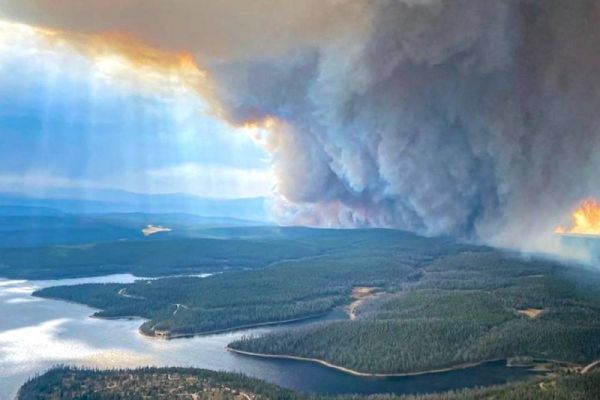High-elevation forests in Colorado and southern Wyoming are experiencing bigger wildfires than at any point in the last 2,000 years, according to a new study published in the Proceedings of the National Academy of Sciences.
“Snowfall in our high-elevation forests is lower now than in past decades, and summers are hotter. The changes convert trees into dry fuel, primed and ready to burn,” said Bryan Shuman, a geologist at the University of Wyoming and co-author of the paper. “With less snow now, the fire season lasts longer than before. When areas burn, the fires are bigger. They can burn longer.”
Researchers assembled a history of Rocky Mountain wildfires based on traces of charcoal found in the sediments of nearby lakes. They then determined how recent fires compare to the historical norm.
Since 2000, wildfires have burned nearly twice as much area, on average, compared to the last 2,000 years, the study showed. The 2020 fire season was particularly fierce, with blazes tearing through even heavily managed forests. Last year, wildfires burned 660,000 acres in the Rocky Mountains of northern Colorado and southern Wyoming, only marginally less than the 840,000 acres burned, in total, from 1984 to 2019.
Read more at: Yale Environment 360
Smoke from the September, 2020 Mullen Fire west of Laramie, Wyoming (Photo Credit: Justin Hawkins / U.S. Forest Service)


